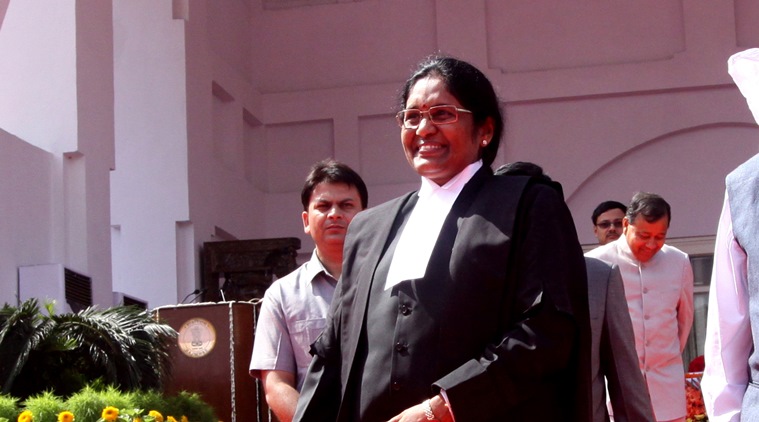- Mock Question for UPSC Mains GS2
- Introduction (Origin)
- Body: Constitutional and Legal angles
- Conclusion
- Mistakes and Self-Assessment Benchmarks (SAB)
Mock Question for UPSC Mains GS2
- Discuss the constitutional and legal dimensions related to the issue of OBC sub-categorization. 150 words 10 marks.
- ओबीसी उप-वर्गीकरण के साथ जुड़े हुए संवेधानिक व् क़ानूनी पहेलुओ पर चर्चा करे.
- Relevance to Syllabus? mechanisms, laws, institutions and Bodies constituted for the protection and betterment of vulnerable sections.
Introduction (Origin)
- (Origin of OBC Reservation) While the term ‘OBC’ is not mentioned in the Constitution, Article 15 allows the State to make special provisions for the advancement of any socially and educationally backward classes (SEBC) of citizens. 1979: Mandal Commission gave report on SEBC. 1990: PM VP Singh granted 27% reservation to OBC in central government jobs and admissions, which was permitted by the Indra Swahny Judgement with certain caveats (50% breach, creamy layer etc).
- (Origin: why Sub-categorization) However, over the years, it has been observed that certain communities within OBC list have benefitted more than other communities in the same list. OBC Sub-categorisation is an attempt to divide the OBCs into two groups: the more affluent ones and the less affluent ones, so that the less-affluent ones may be given separate quota within 27%, and some additional schemes / funds earmarked only for them.
If you don’t have more points for the body, you may pad the answer by writing a longer introduction, like above.
Body: Constitutional and Legal angles
- SC: Indra Sawhney case (1990) total reservation should not breach 50% limit. Tamilnadu already have 69% reservation, protected from judicial review using the 9th Schedule. However, in the subsequent judgements, SC ordered that 9th Schedule not beyond judicial scrutiny. Therefore, OBC sub-categorization has become necessary, because government can neither increase the quota, nor drastically increase the no. of government jobs or educational seats.
- SC: Indra Sawhney case (1990) there is no Constitutional or legal bar to sub-categorization. So, Nine States of the country viz., Andhra Pradesh, Telangana, Puducherry, Karnataka, Haryana, Jharkhand, West Bengal, Bihar, Maharashtra and Tamil Nadu have already carried out sub-categorization of Other Backward Classes. Andhra Pradesh, Telangana: 4% Muslim quota within SEBC/OBC for State Government jobs, admission.
- Article 340 allows the President of India to appoint a commission to investigate into the issues related to SEBC. Government has already appointed a commission under Justice G. Rohini to look into the issue of OBC-subcategorization.
- 123rd Amendment: NCBC given Constitutional status. In the same amendment, President is empowered to notify SEBC/OBC classes in State/UT after consultation with the Governor. Pressures of Federalism & Populism to include more communities in the ‘less-affluent-within-OBC’, then sub-categorization objective may be defeated. [अगर हरेक पिछड़े वर्ग को महा-पिछड़े वर्ग का दरज्जा दे दिया जाय तो उप-वर्गीकरण का कोई मतलब ही नही रहेगा.]
- Indra Swahny Judgement– Creamy layer of the OBC not eligible for reservation benefits. But 2017 this ceiling raised to 8 lakh Per Annum. So, monthly Rs.50-60k earning parents’ child is eligible. So, while sub-categorizing ‘more affluent’ vs. ‘less affluent’ communities, if similar populist considerations are taken, then it’ll defeat the purpose.

President of India appointed Justice G. Rohini commission to investigate the feasibility to OBC-Subcategorization. Under Article 340
Conclusion (wait and watch for reports before doing “XYZ reform”)
- 2017: President setup commission under Justice (Retd.) G. Rohini to look into this matter under Article 340. Government has announced that Census-2021 will collect OBC data. A good policy can be made only after the arrival of these reports and datasets. OR
- For peace, harmony and equitable development in society, the benefits of reservation should reach the needy people, and not just a select few. The attempt of OBC-subcategorization is a positive step in this direction.
Mistakes and Self-Assessment Benchmarks (SAB)
| Parameter | Marks | Benchmarks |
|---|---|---|
| Introduction and Conclusion | 0-1-2 |
|
| Body | 0 to 4 marks |
|
| Logical structure | -1 to 0 |
|
| Concise expression | -1 to 0 |
|
| Language | -1 to 0 |
|
| Total Marks out of 10 | 0 to 6 |
|
Visit Mrunal.org/Mains for more on UPSC Mains Answer-writing.

![[Lecture] Mrunal’s UPSC GSM3-2020 Model Ans: Science Technology, Internal Security & Border Management Questions from last Mains Exam Solved!](https://mrunal.org/wp-content/uploads/2021/11/AD-GSM3-2020-IntlSecu-fb-500x383.jpg)
![[Lecture] Mrunal’s UPSC GSM3-2020 Model Ans: Agro, Food Proc, Environment, Disaster Management](https://mrunal.org/wp-content/uploads/2021/11/ad-gsm3-20-agro-TB-500x383.jpg)
Is there any possibility for repeal the 69% reservation in Tamil Nadu in future? If yes, how?
mohdfaheem001@gmail.com
Sir mail me this article in pdf.please.
Printout format.